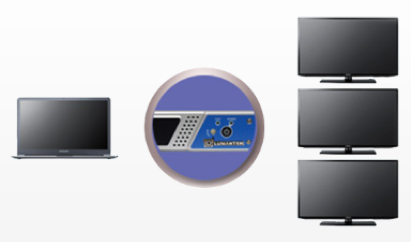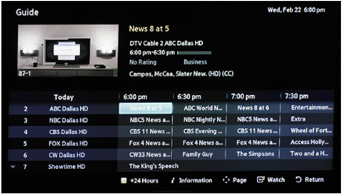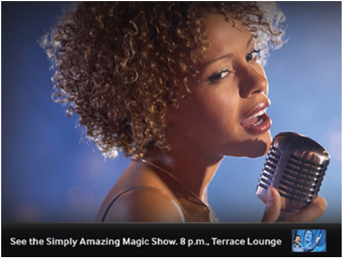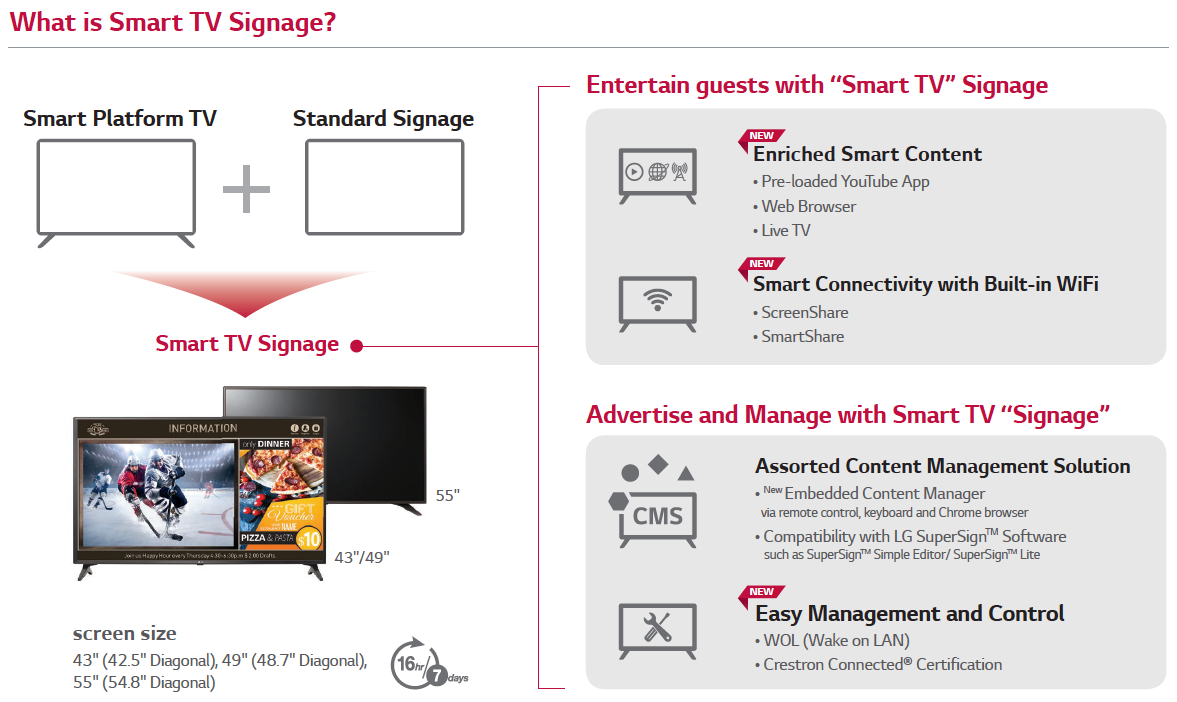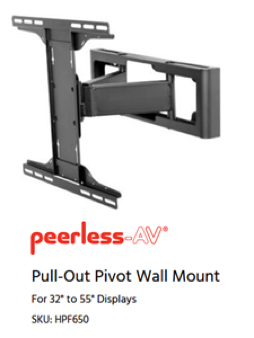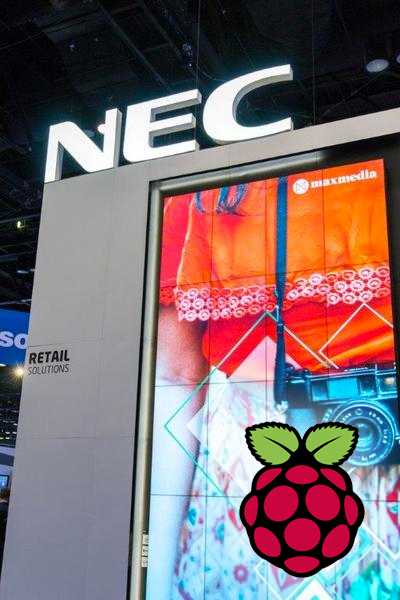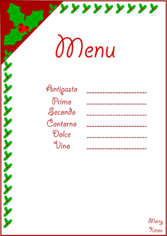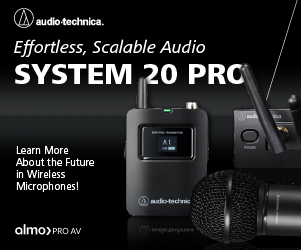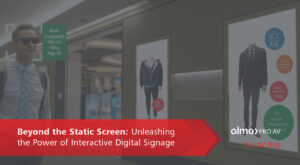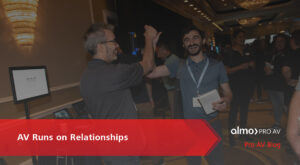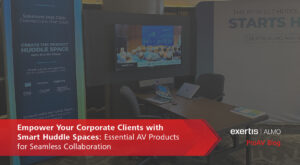5 Part Series: 5 Ways the Hospitality Market is Evolving (3 of 5)
STRATEGIC PARTNERSHIPS.
Hoteliers realize that they can get more screen size for their money these days, what most ownership groups are starting to realize is that television sets are not nearly as simple as they used to be and they need partnerships with resources to help get the job done right the first time.

Commercial (hospitality) televisions are no longer plug-and-play like their consumer cousins yet we often see that the decision makers like ownership groups and purchasing departments have had little to no regard to implementation and often assumed that TVs could simply be just another line item delegated to the on-site engineering team. However, the reality is that hospitality TV installations can be quite complex and involve integration between the end-device technology (television) and the content providers’ equipment (cable or satellite company) at minimum; they can also involve integration with the hotels’ POS system (point-of-sale) if a property is utilizing the television as an interface for guests to order room service, provide easy check-out or in-room entertainment (pay-per-view) or other services; finally, there are projects where content management solutions like REACH are deployed, and all of this requires programming, certification on a variety of manufacturer’s solutions, detailed project management and extensive experience.
In this case, the hotelier has more leverage when they bundle the purchase of television sets along with installation services, plus bundling stops finger-pointing between multiple trades or staff and vendors.

Although new construction projects can sometimes provide slightly more flexibility, typically by the time televisions are delivered, service providers are working against the clock of an opening date- this is when experience makes all the difference and management groups realize that hiring temporary workers or using the general contractor can mean that TVs get installed but they may be left scrambling with days to the finish line to locate a specialized service provider who can save the day (at premium expense) rather than planning ahead with a reseller partner who has capabilities for specialized hospitality installation services and can handle everything 100%. Renovations are another area where the expertise of an installation partner can help minimize added stress to on-site management and engineering teams with little to no disruption to hotel guests. In these cases, not only is new installation being managed, but the old product that’s being replaced/removed must also be coordinated and a good partner will often provide a complimentary service of recycling and liquidation search. Storage can be another issue, many properties literally have every square foot of the hotel booked for meetings and events and there is no storage space available to hold units until they can be picked up from a liquidation company; all of this must be considered and planned for. Surprisingly, specialized hospitality installation services are more cost effective than most think, but the benefits- peace-of-mind, proven track record in hospitality, no finger-pointing between trades, an engineering staff who can focus on the operations of the hotel and what they do best, finishing on-time and on a fixed-budget without the risk of lost revenues to rooms that can’t be sold- priceless.
INSTALLATION SERVICES

MEET THE TRUCKS INSTALLATION SERVICES
WHITE GLOVE INSTALLATION SERVICES
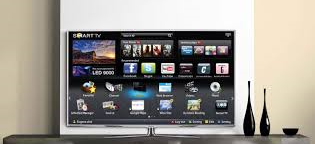
SERVICES PROVIDED:
- Unload and distribute TVs to guest rooms from a centralized area within the property
- TVs to be unpacked, assembled and installed using the included base
- TVs secured with provided bolts and security nuts (two-sided tape available at an extra exchange)
- Provide property with pictures, paperwork for damaged TVs and streamline advance replacement units
- Package damaged/DOA TVs for return pick up
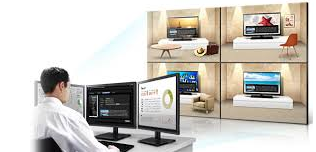
SERVICES PROVIDED:
- Includes all aspects of MEET THE TRUCKS
- Additionally, installation of REACH Server and programming of channel mapping into the head end REACH Server will be provided
- Installation will also include setting up each individual TV for receiving the programming from the REACH Server being installed
- Provide customer with brief, functional overview of system as well as REACH Server interface
For more information on our hospitality installation services contact Apryl G. Lamberti at [email protected] or at 888.420.2566 x6604.



